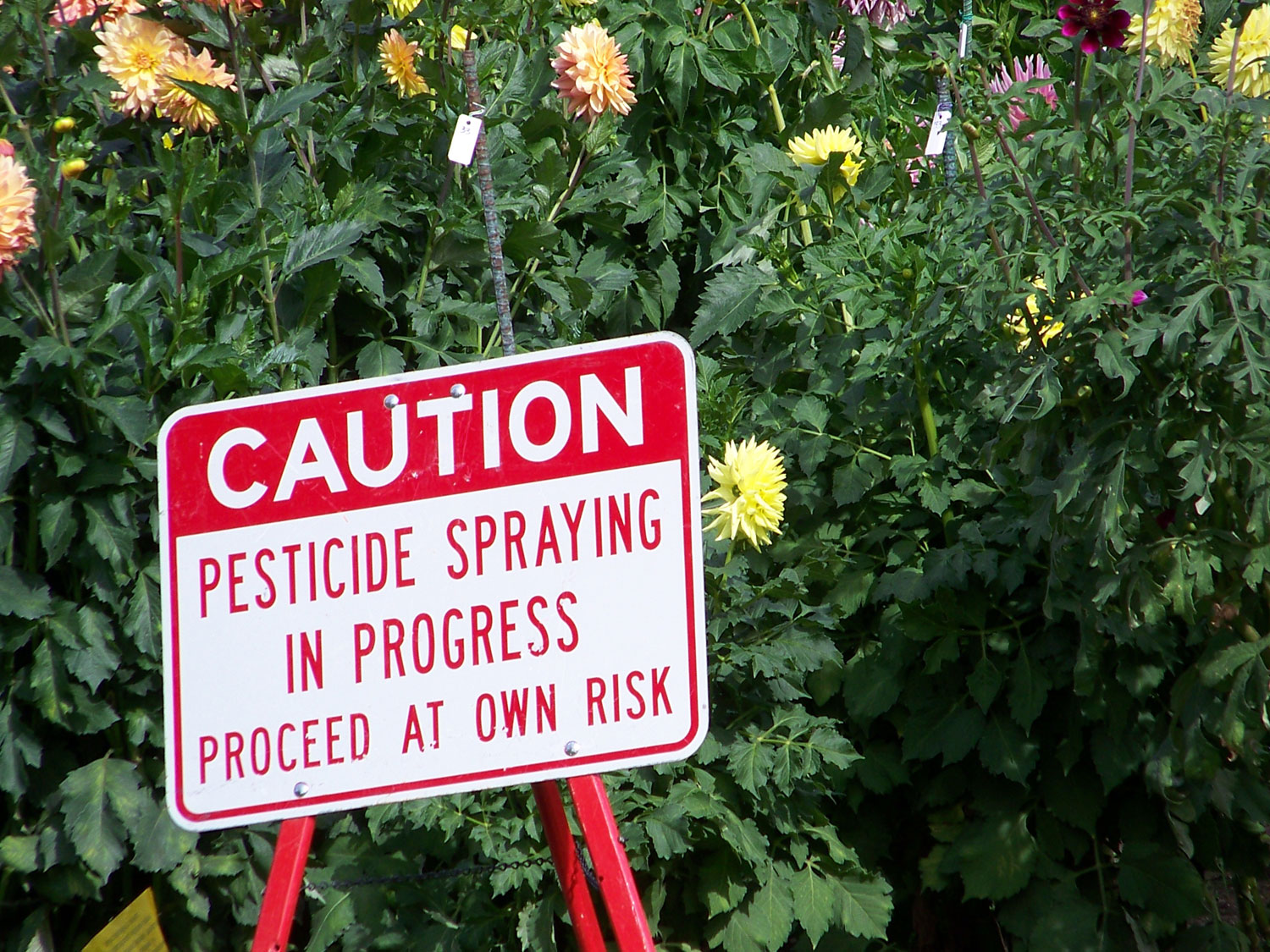The proposal to bring DDT out of the retired arsenal of chemical weaponry to control mosquito vectors carrying the Zika virus is a Pandora’s Box of problems. And these are not hypothetical problems. The mosquitoes and the virus are biological threats that have emerged because of disruptions to the broader environment, all of which are connected to human population growth and simplification of the ecosystems humans live in. While the Zika virus is a very real threat to human health, the answer to this threat is not DDT. DDT is a technological solution to a biological problem; it will not only fail rather quickly, but its widespread use will create additional biological problems for hich DDT is not a solution. The long-term damage to the broader ecosystem will certainly far outweigh any temporary benefit.
DDT does kill mosquitoes, but it’s a broad-spectrum insecticide that kills most insects plus many organisms closely related to them, many of which are species that help control mosquitoes naturally. Once those species are reduced or gone, we will have fewer options for biocontrol and will rely instead on the continued use of technological solutions, which are short-lived and inevitably fail when applied to biological problems. Mosquitoes are part of the human and natural ecosystems; to control them with DDT, we would literally be poisoning our own homes and environment. Using chemical solutions to pest species, we continue to simplify our environment and continue to lose valuable assets for addressing future challenges.

Photo Credit: jetsandzeppelins at Flickr.com
When biological problems emerge, we should examine the environmental context in our search for solutions. In an intact ecosystem, the checks and balances that exist among predators and prey prevent any one species from dominating or damaging the system for very long. In the human ecosystem, we should ask what has changed, what natural controls might be missing, and what in our environment is favoring the spread of the problem. The human environment has been simplified, many biological parts of a healthy ecosystem are missing, and our interactions with the environment are typically technological.
Our entire history of synthetic chemicals (technological solutions) to control agricultural pests has revealed some very profound truths that govern our interactions with nature: biological problems will adapt to technological solutions, technological solutions will inevitably fail, the rate of failure increases with the intensity of the technology, and the damage wrought by technology makes the future use of biological solutions even more difficult. In stark contrast, the most successful solutions to human pathogens have been to manipulate the human immune system (a biological solution) through the use of vaccines.
We must protect human health from the Zika virus, but turning to DDT is not a viable solution. Aside from the well-known ecotoxicology issues associated with DDT, we have proven a thousand times since 1950 that insecticides do not eradicate pests, that control is illusory, and that such technology can reduce our ability manage future problems. Mosquito abundance is symptomatic of a deeper environmental imbalance and one that will not be solved with DDT, but one that can be solved by understanding the biology behind it.

